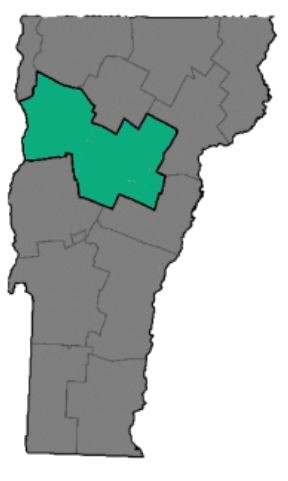About Us
Our mission is to promote the wise use, sustainable development, and conservation of our District’s natural resources.
This mission is inspired by an integral vision, wherein Winooski NRCD is sought out as a trusted leader to provide education and technical assistance for communities and residents implementing on-the-ground projects for water quality, soil health, forest integrity, and wildlife habitat.
Both mission and vision are underscored by the following Core Values:
- Lands, water, forest and wildlife of the State of Vermont are among the basic assets of the state, and the preservation of these by conservation, development and use is necessary to protect and promote the health, safety, and general welfare of its people.
- Locally led, voluntary conservation must be driven by proactive assessment of emerging natural resource conservation needs, rather than by programs.
- Strong partners and collaborative partnerships are critical to our success in program and service delivery.
- Environmental sustainability and climate change resilience are integral and co-dependent forces that impact our natural resource conservation needs. Both demand innovative flexibility in program and service design and delivery.
- It is imperative that our programs, services, and operations maximize inclusivity, racial equity, and diversity both to enrich the value of Winooski NRCD for our residents and to strengthen our organization.
In 2020 the Winooski NRCD Board of Supervisors and Staff released our five year strategic plan.

The Winooski District is defined through political boundaries, encompassing all of Chittenden and Washington counties and three towns in Orange County (Orange, Washington, and Williamstown). Winooski NRCD is the largest of 14 NRCDs in Vermont with 42 towns and roughly 230,000 residents covering about 1400 square miles. Seven major watershed basins are found within Winooski NRCD boundaries but three are most dominant: the Winooski River, and portions of the Lamoille River and Northern Lake Champlain tributaries.
Operations of a Conservation District
The WNRCD is directed by a dedicated Board of Supervisors who are elected by community members. The board of supervisors provide general oversight to their respective District in regards to financial health and organizational vision. The supervisors hire experienced staff to conduct and carry out programs and activities. The Board of Supervisors holds monthly meetings to discuss projects and natural resource concerns.
The WNRCD staff carry out the day to day programmatic activities of the organization, focusing efforts on the identified natural resource needs of the District working with dedicated partners.
A Conservation District is a governmental subdivision of this state, organized by the people within the District boundaries under phttps://wnrcd.specialdistrict.org/files/c93e1e69e/April-Newsletter-2025.pdfrovisions of the Soil Conservation Act of 1939, as amended. As such, it is a locally controlled resource management agency, created by concerned landowners. Currently, Vermont has 14 Conservation Districts, which are generally organized along county boundaries. The Vermont Agency of Agriculture, Food and Markets has been charged with oversight of the Conservation Districts in collaboration with the Natural Resources Conservation Council (NRCC).
More than 3,000 Conservation Districts operate throughout the United States. These entities of government are responsible for conducting programs similar to the ones used in Vermont. Conservation Districts originated during the dust bowl era and have a long history of conservation projects. For more information regarding Districts in other states, please visit the National Association of Conservation Districts.

